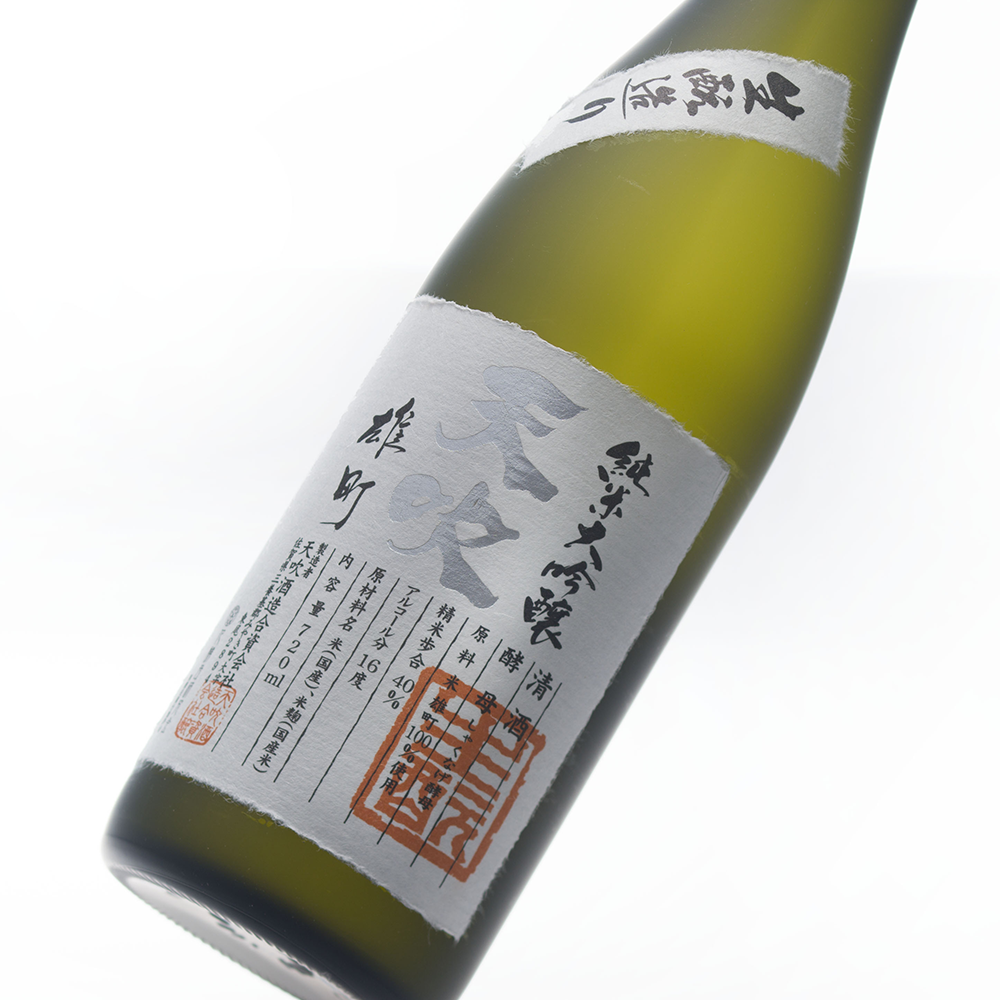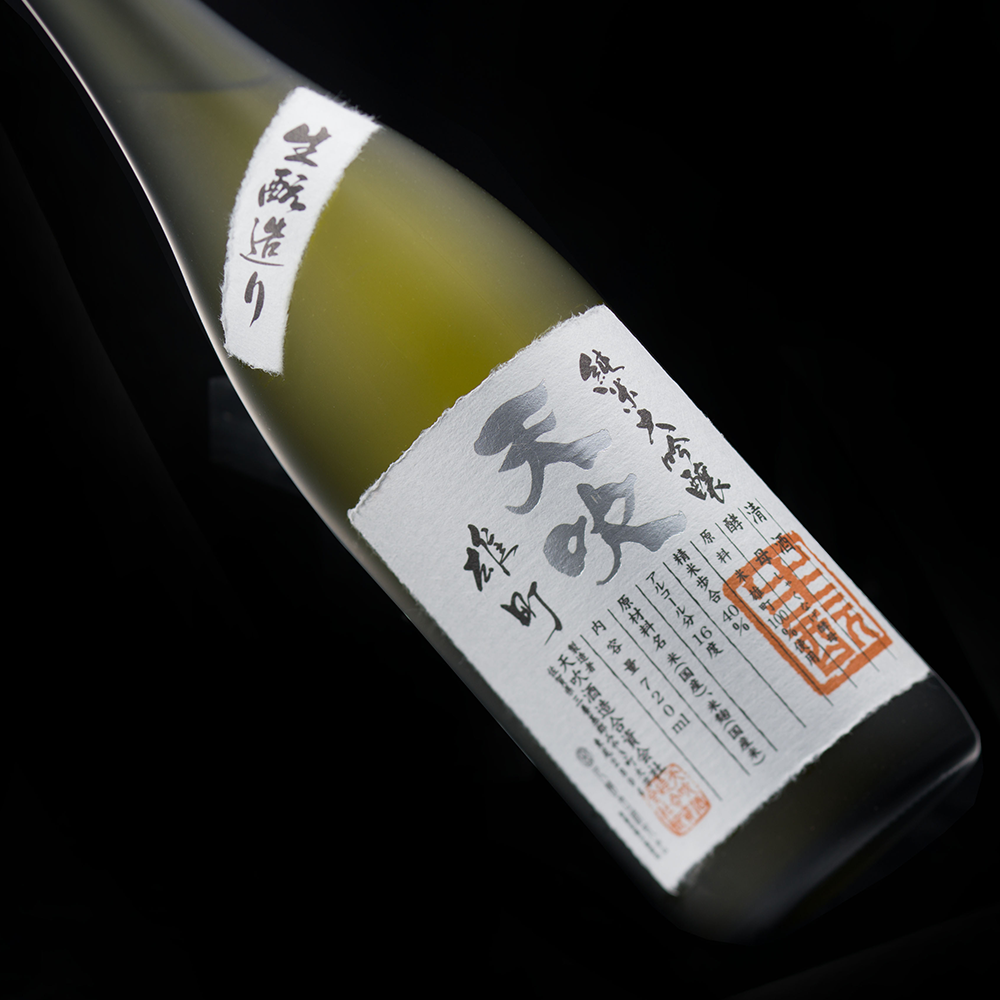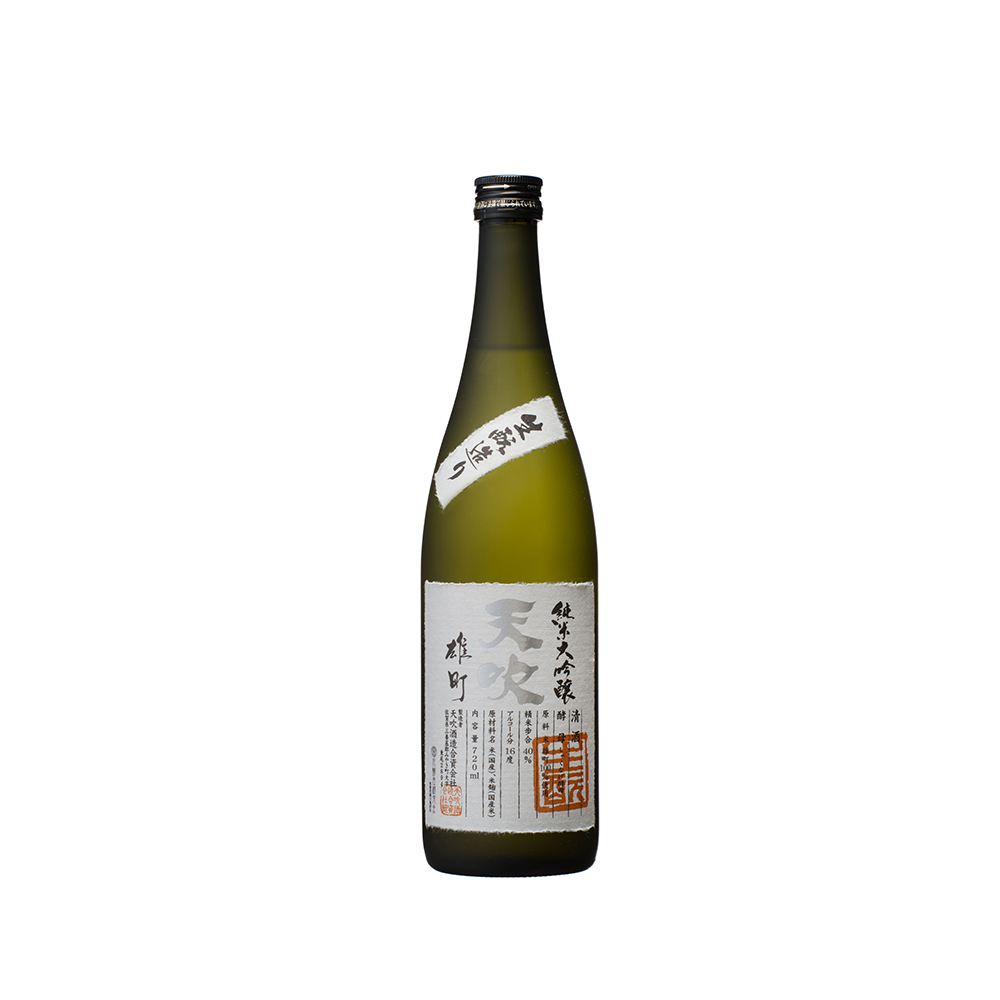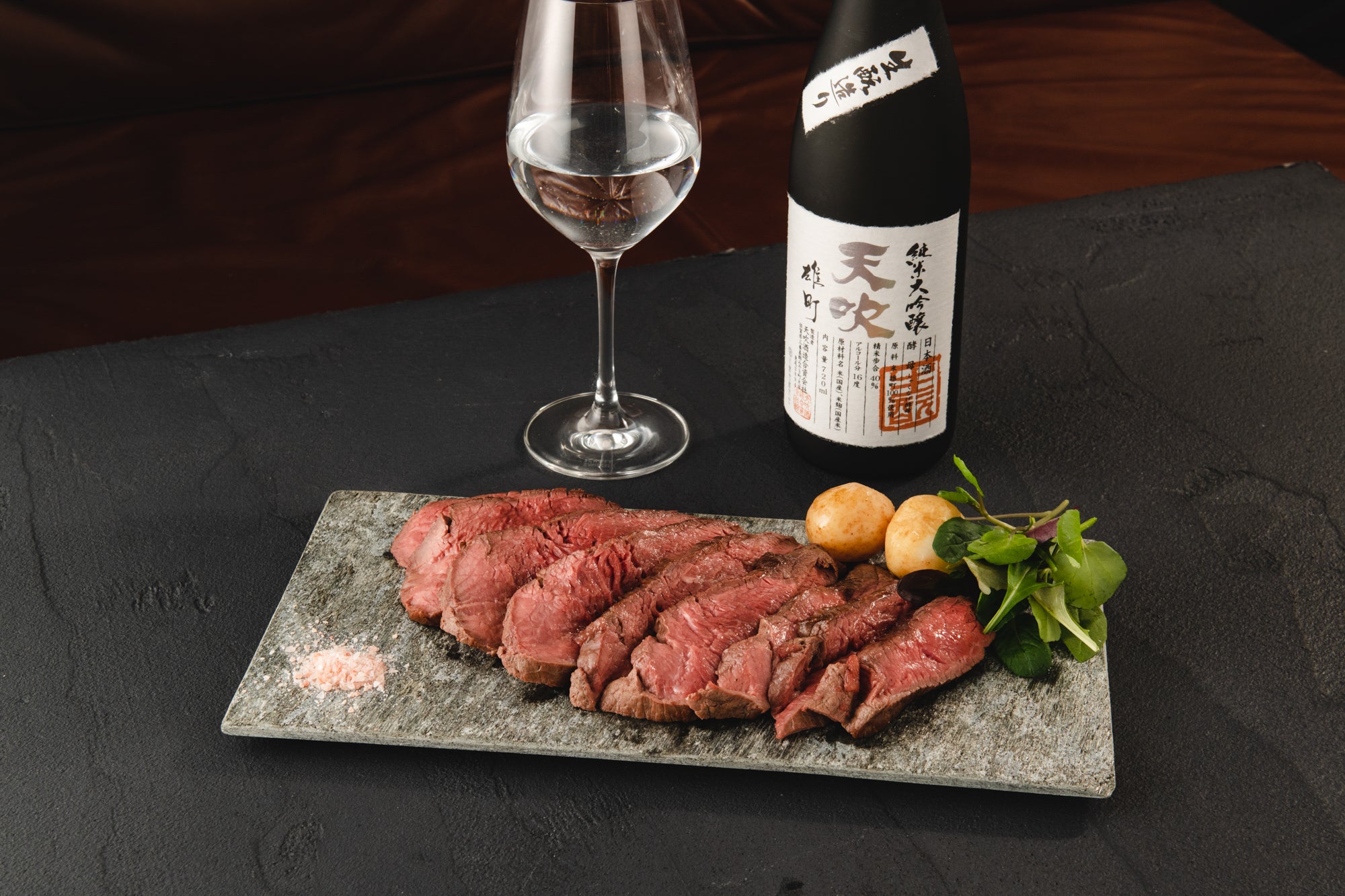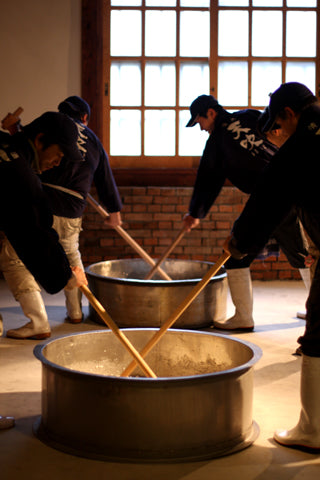-
 >
>
- Product list >
- Amabuki Omachi Junmai-daiginjo Kimoto Rhododendron-yeast (720ml)
Amabuki Omachi Junmai-daiginjo Kimoto Rhododendron-yeast (720ml)
詳しく見る
- *All prices shown are the product prices from the Japanpage:.
- *Product price can be shown in multiple currencies as reference values.
- *Payment should be made in Japanese yen.
- *After filling in delivery address, grand total (product price + shipping cost (packing + shipping + insurance) +tariffs & taxes) will be shown on the shipping cart page.
- *All prices shown are the product prices from the Japanpage:.
- *Product price can be shown in multiple currencies as reference values.
- *Payment should be made in Japanese yen.
- *After filling in delivery address, grand total (product price + shipping cost (packing + shipping + insurance) +tariffs & taxes) will be shown on the shipping cart page.
Amabuki Omachi Junmai-daiginjo Kimoto Rhododendron-yeast is brewed with rhododendron flower yeast and 40% polished Omachi rice, once called a "phantom rice" due to its difficulty to cultivate, making it popular among sake lovers. Normally, sake yeast is cultivated from strains isolated from sake mash to promote fermentation; at our brewery, we use flower yeast isolated from flowers. The sake is made by hand using the traditional Kimoto method, the original method used for sake, and the finished product is stored at 0 degrees Celsius in a refrigerator for two years before being shipped. The rhododendron yeast has survived in a harsh environment to produce a wonderful and elegant taste, resulting in a product with an orchestral swelling of flavor, complex acidity, and a lightness. It goes well with meats like wagyu beef, which is delicate and with a nuanced flavor. The flavor of this Junmai-daiginjo changes depending on its temperature, so it can be served cold, which brings out the acidity,or warm, with brings out the umami.
Pairing food proposed from Vendor
Baked potato and sea bass with white butter / Oven-baked whole lobster / Parmigiano-Reggiano cheese risotto / Spaghetti with seafood and arrabbiata sauce
The Amabuki brand
A new type of sake made using flower yeast. The 14 types of flower yeast have distinct flavors and aromas, They are rich in variety, and range from soft and vivid to strong and flavorful, and have an innovative and unique flavor that will sweep away any preconceived notions about sake.
Recommended temperature
- Atsukan (50 - 55℃)
- Jokan (45 - 50℃)
- Nurukan (30 - 40℃)
- Room temperature (15 - 20℃)
- Hanabie (10℃)
- Yukibie (5℃)
Type


Tag
Appearance
-
Clarity
Transparency
Hazy
-
Colour
Colorless
Dark brown
-
Intensity
Water
Deep
Nose characteristics
-
Intensity
Low
Strong
Taste characteristics
-
Light / Body
Light
Body
-
Sweet / Dry
Sweet
Dry
-
Simple / Complexity
Simple
Complexity
-
Acidity
Low
High
-
Umami
Low
High
-
Finish
Low finish
Long finish
Aroma and flavor
Apple、Pear、Grape
Detailed information
| Volume | 720ml |
|---|---|
| Size (L W H) | 7.2 x 7.2 x 30.0 cm |
| Weight | 1.1kg |
| Ingredients | Rice, Rice koji, Water |
| Region | Saga |
| Alcohol content | 16%vol. |
|
Sake Meter Value
|
+3.5 |
|
Acid level
|
1.8 |
|
Polishing ratio
|
40% |




